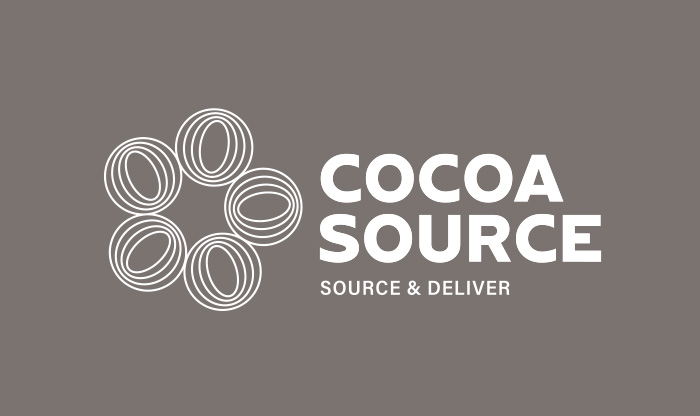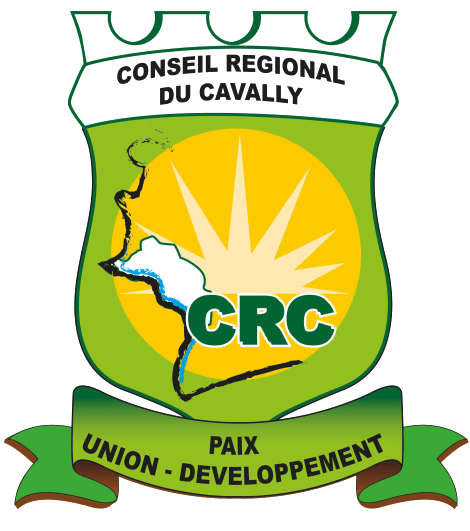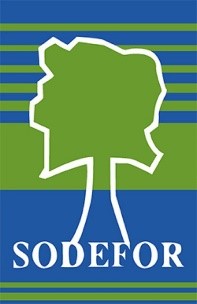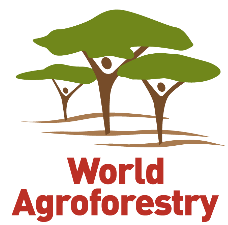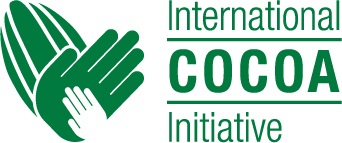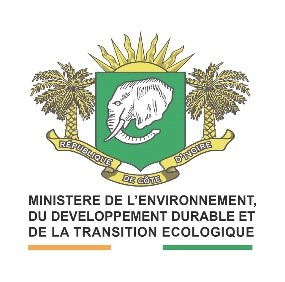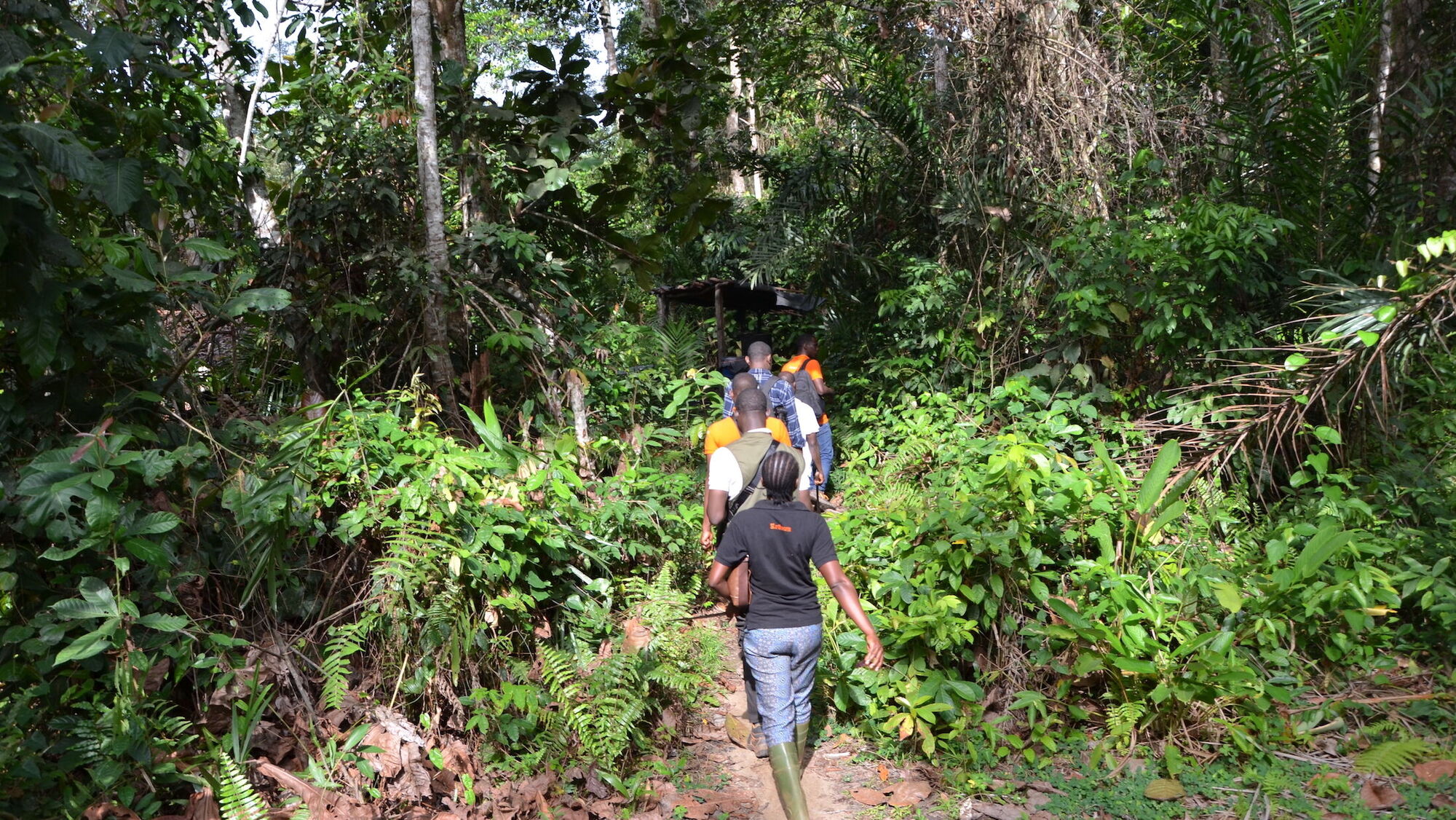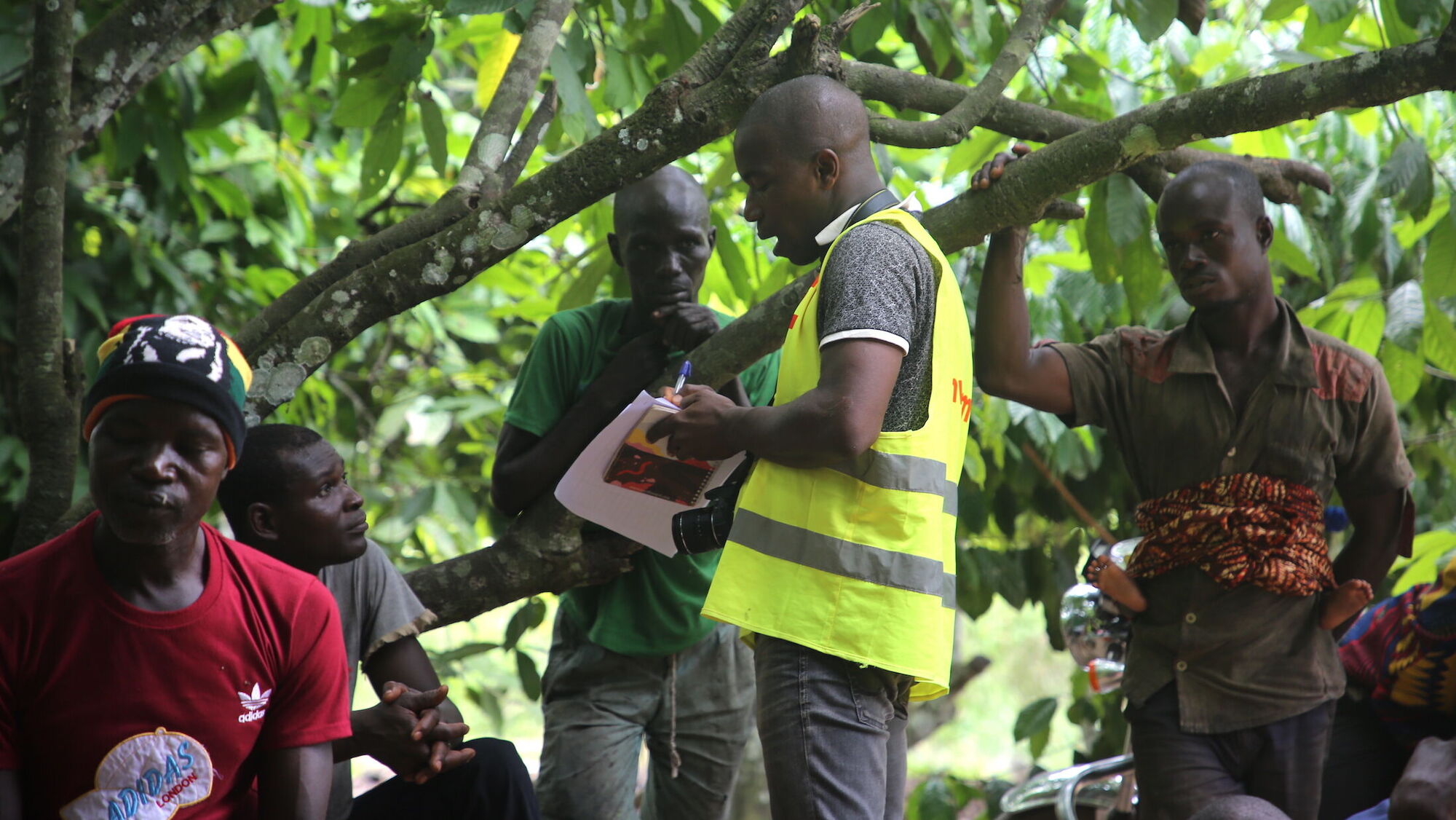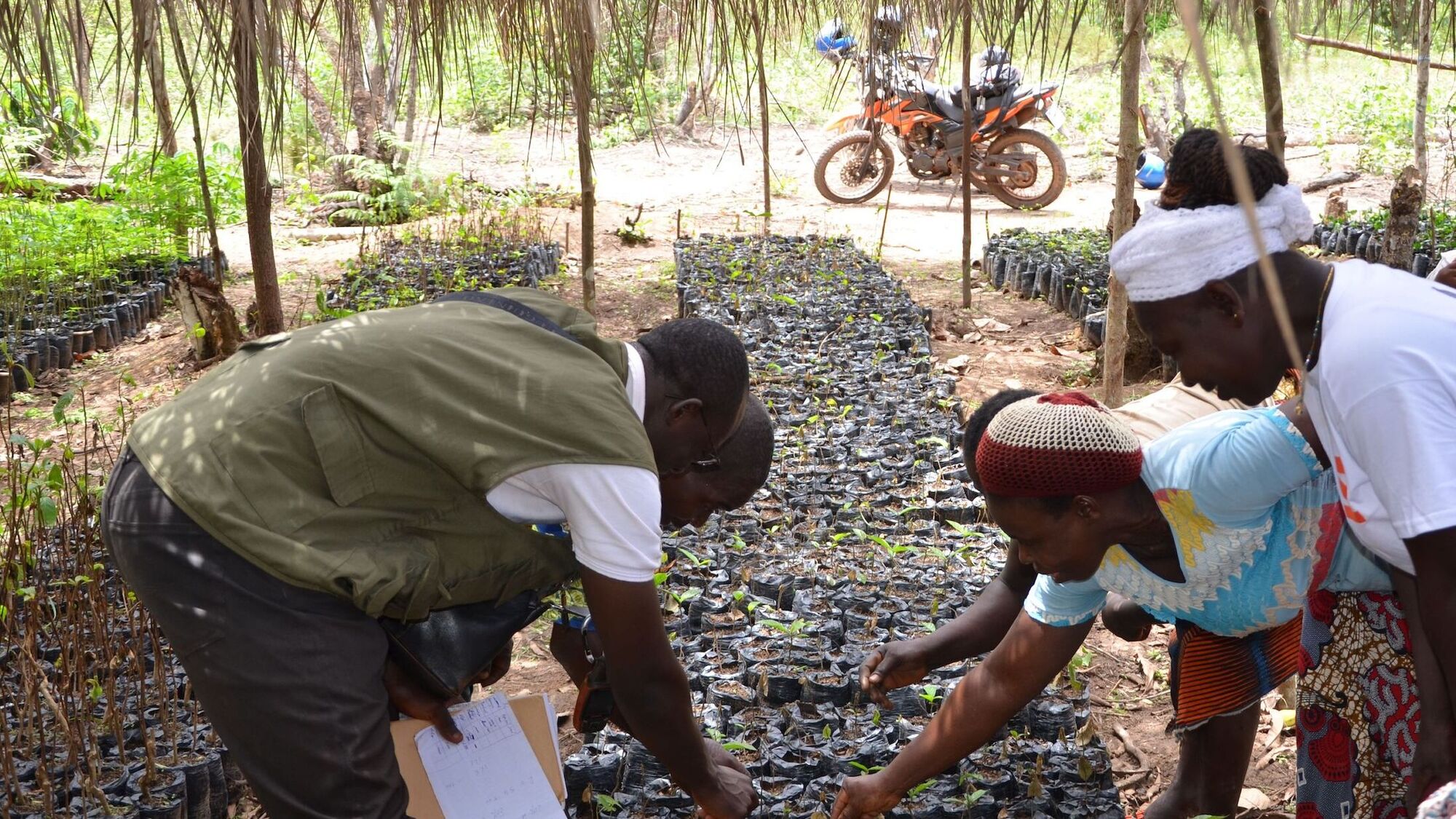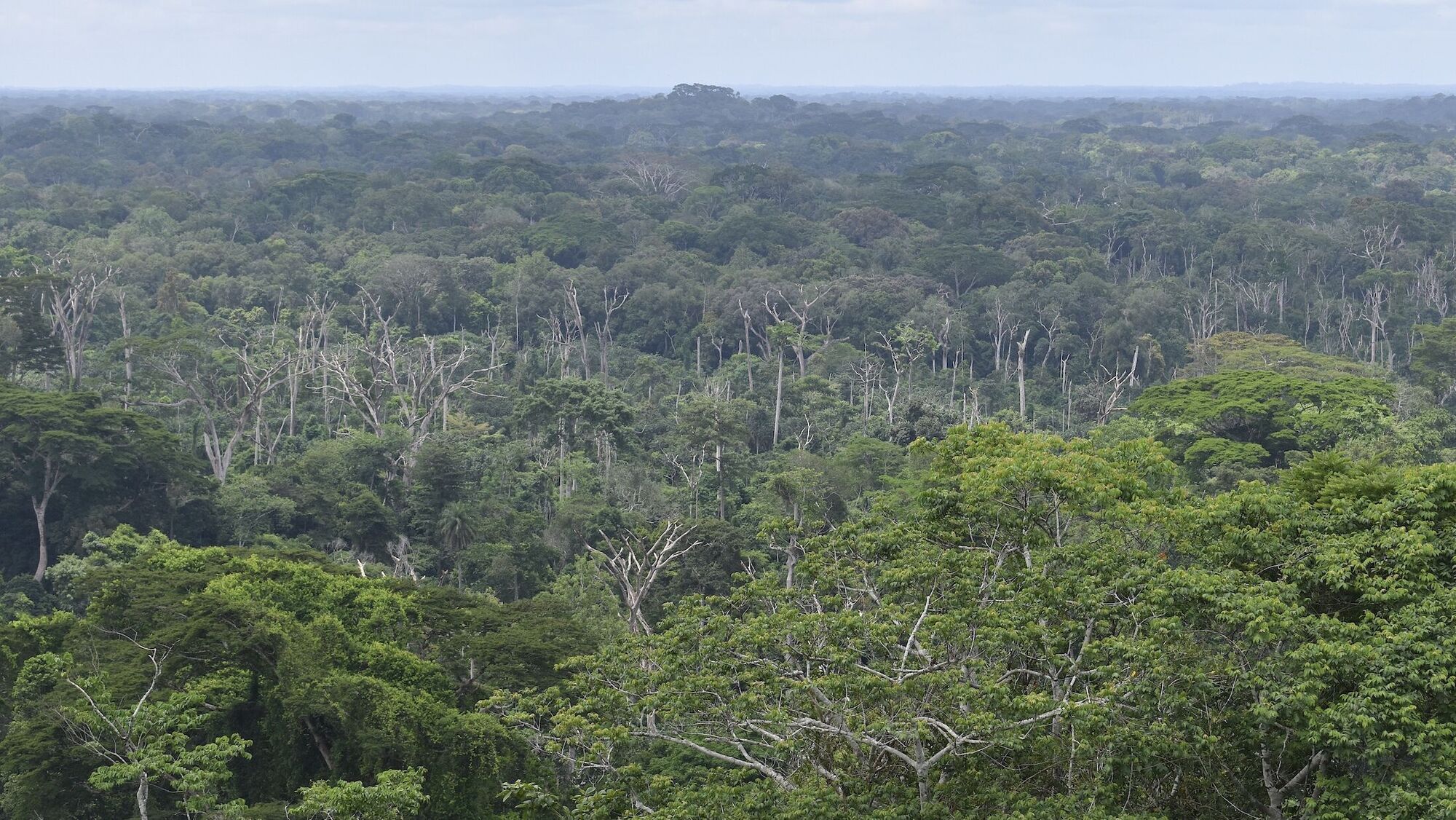The Cavally Landscape Project
What the project is about
Agriculture, particularly cocoa and rubber production, is the strongest driver of deforestation in Côte d’Ivoire. The Cavally Classified Forest (67,541 ha) in the Cavally Landscape is one of the country’s last remaining dense forests. It is under threat from cocoa and rubber smallholders, living mostly at the periphery of the forest reserve, who encroach on the protected area looking for fertile soils in which to establish new plantations.
Preventing further deforestation is dependent on ensuring smallholders around the forest reserve are resilient. Earthworm Foundation has been running a project funded by Nestlé since 2020. The first phase has focused on forest restoration, cocoa productivity and income diversification, as well as on researching land use and land use change using Starling satellite monitoring.
The second phase, starting in July 2023, scales up the activities of the first phase and extends them to include rubber farmers as well. By collaborating with a wide range of stakeholders both from cocoa and rubber sectors, the aim is to jointly stop deforestation and fight poverty without merely shifting problems from one sector to the other.
What is done
During this second project phase, Earthworm Foundation, in close collaboration with its partners, will implement the following activities:
Prevent deforestation and regenerate ecosystem
- Establish and maintain the non-natural Cavally Forest Reserve boundaries (11 km)
- Restore 3’000 ha of land (1,500 ha maintained from Phase I and 1’500 ha planted in Phase II)
- Utilise mixed patrols (from communities and the Office Ivoirien des Parcs et Réserves OIPR) to stimulate natural regeneration of 3,357 ha
- Contribute to the development of the management plan of the Cavally Natural Forest Reserve
Increase farmers’ resilience
- Engage with 1,160 farmers on income/crop diversification including 500 farmers monitored from Phase I
- Support 1,200 community members, especially women, to overcome barriers to accessing finance through the establishment of 30 Village Saving and Loan Associations (VSLA) and maintain the 10 VSLAs established during Phase I
- Engage with at least 1,200 farmers (covering approx. 3,600 ha) on climate-smart agricultural (CSA) practices
- Support at least 420 farmers to benefit from agroforestry systems on their farms (1,070 ha)
Improve child protection
- Cover 3,500 families with Child Labor Monitoring and Remediation System (CLMRS) and improve access to school or to basic infrastructure for about 10,000 children
Build a transparent and traceable cocoa and rubber supply chain
- Identify High Carbon Stock (HCS) or High Conservation Value (HCV) areas in the landscape and ensure continuous Satellite Monitoring
- Ensure full traceability for all raw materials being commercialized with a link to the project
- Ensure farmers have access to price transparency and incentives
- Establish channels of communication and grievance mechanism between stakeholders
How local organisations and authorities are involved in the project
Essential to the project is a collaborative approach which brings together a broad range of local organisations and authorities. At the highest level, the project is endorsed by the Côte d’Ivoire Government via the MINEF (Ministère des Eaux et Forêts) and the SODEFOR (Société de Développement des Forêts), who initiated the project together with Earthworm Foundation and Nestlé.
In September 2023, the Ivoirian Council of Ministers issued a decree changing the status of the Cavally forest to a Natural Forest Reserve, which leads to a higher protection level of the reserve. Consequently, the new governmental partners to the project are now the Ministry of the Environment, Sustainable Development and Ecological Transition (MINEDDTE) and the Office Ivoirien des Parcs et Réserves (OIPR) for the Cavally forest management.
Many other stakeholders are involved. The project’s Governance Committees include organisations such as the Wild Chimpanzee Foundation (WCF) and the local OIPR office which are key stakeholders participating in the protection of the Cavally Natural Forest Reserve. Local cooperatives whose members are producing cocoa and rubber in the landscape are also part of the local technical governance committee.
Partnerships have been formed, including one with the ICI Foundation to address child labour, another with the International Centre for Research in Agroforestry (ICRAF) for technical expertise, and a third with the Centre Suisse de Recherches Scientifiques en Côte d’Ivoire (CSRS) for biomonitoring.
But beyond these collaborations, and most importantly, hand-in-hand work is being conducted with the local communities, who are the first custodians of the forest, and without whom none of this work would be possible.
What the project is expected to achieve
By addressing both the cocoa and rubber sectors, the project aims to achieve the following outcomes for the Cavally landscape:
First, farm profitability of cocoa and rubber farms will be enhanced, which will reduce the need to encroach on protected forest areas. Second, directly involving community members in ground patrols and planting activities will strengthen their sense of ownership of forest conservation and simultaneously promote income diversification.
This will lead to a better understanding of the positive impact of reforestation and sustainable farming methods within the local community. Last but not least, farm mapping will support the identification of cocoa produced within the forest reserve and its entry in supply chains. Encouraging all cocoa buyers of the Cavally Landscape to review their purchasing strategies will further work towards a deforestation-free supply chain.
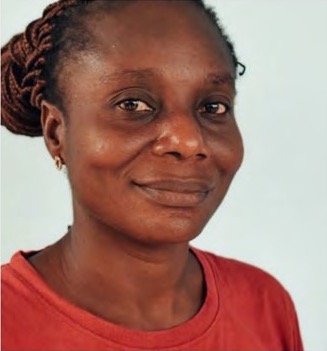
Unlike previous reforestation and tree planting efforts, this project involves the local communities and everyone tries to protect the forest in their own way. Also, we did a holistic analysis to understand why people go to the forest, which is critical to finding sustainable solutions. That's what I like about our work.
How it is ensured that the project has not only short-term, but long-term effects
The project aims to build the skills of individual farmers and communities in economic resilience, access to finance, ecological protection and farming practices. By increasing knowledge and capabilities that can be shared amongst peers and passed to future generations, the project aims to improve the environmental and economic sustainability of the sector at scale.
In addition, involving the supply chains actors in the project is key to making it sustainable. Commercial relationships will last beyond the duration of the project, together with any activities these actors have established together. Furthermore, working with governmental structures and organisation increases the potential for measures and practices to be sustained after the duration of the project.
Organisations involved


